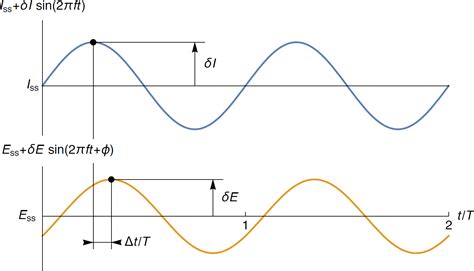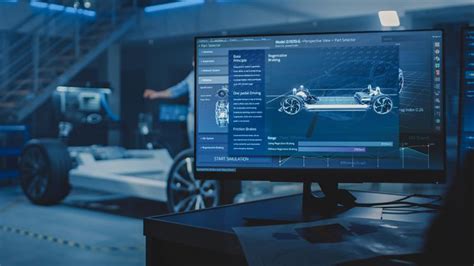
ALL ABOUT FLEX PCB
-
Elsyca Intellitool Matrix plating project
Posted by
–
 Read more: Elsyca Intellitool Matrix plating project
Read more: Elsyca Intellitool Matrix plating projectIntroduction to the Intellitool Matrix The Elsyca Intellitool Matrix is an innovative plating technology that enables high-precision control over the electroplating process. Developed by Elsyca, a leading provider of electrochemical solutions, the Intellitool Matrix combines advanced hardware and software to deliver superior plating results across a wide range of applications. […]
-
What is the Shipment Date?
Posted by
–
 Read more: What is the Shipment Date?
Read more: What is the Shipment Date?Importance of the Shipment Date The shipment date is important for several reasons: Inventory Management: The shipment date helps businesses plan their inventory levels. By knowing when products will be shipped out, companies can ensure they have sufficient stock to fulfill orders without overstocking, which can tie up capital and […]
-
What is Inner Layer Pad Insulation?
Posted by
–
 Read more: What is Inner Layer Pad Insulation?
Read more: What is Inner Layer Pad Insulation?What is ILPI Made Of? ILPI is typically made from a combination of materials, including: Fiberglass Mineral wool Polyester Recycled cotton Other synthetic fibers These materials are often blended to create a product that offers superior insulation properties while remaining lightweight and easy to install. Fiberglass Fiberglass is one of […]
-
What is UL Marking?
Posted by
–
 Read more: What is UL Marking?
Read more: What is UL Marking?Introduction to UL Marking UL (Underwriters Laboratories) Marking is a certification mark that indicates a product has been tested and evaluated by UL, a global safety science company, and meets their stringent safety requirements. UL Marking is widely recognized and respected in the United States and around the world as […]
-
Image the outer layers.
Posted by
–
 Read more: Image the outer layers.
Read more: Image the outer layers.Introduction In the realm of digital imaging, understanding and manipulating the outer layers of an image is a crucial skill for professionals and enthusiasts alike. This article delves into the concept of ImageOuterLayers, exploring its significance, techniques, and applications. Whether you’re a graphic designer, photographer, or simply curious about image […]
-
 Read more: Thermal inertia – what it is and what are its effects
Read more: Thermal inertia – what it is and what are its effectsWhat is Thermal inertia? Thermal inertia is a measure of a material’s ability to store and release heat. It is determined by the material’s thermal conductivity, density, and specific heat capacity. Materials with high thermal inertia are slow to heat up and cool down, while materials with low thermal inertia […]
-
Defining Defined Impedance
Posted by
–
 Read more: Defining Defined Impedance
Read more: Defining Defined ImpedanceWhat is Defined Impedance? Defined impedance, also known as controlled impedance or matched impedance, is a key concept in electronic circuit design, particularly in high-speed digital and radio frequency (RF) applications. It refers to the practice of designing transmission lines, such as printed circuit board (PCB) traces or cables, to […]
-
Virtec – an eC-test-mate user reports
Posted by
–
 Read more: Virtec – an eC-test-mate user reports
Read more: Virtec – an eC-test-mate user reportsIntroduction to eC-test-mate eC-test-mate is a cutting-edge software solution designed to streamline and optimize the testing process for electronic components and systems. Developed by industry experts, eC-test-mate offers a comprehensive suite of tools and features that enable engineers and technicians to perform a wide range of tests efficiently and accurately. […]
-
Surviving Components Shortages Together
Posted by
–
 Read more: Surviving Components Shortages Together
Read more: Surviving Components Shortages TogetherUnderstanding the Causes of Components Shortages Several factors have contributed to the current components shortages, including: Increased demand: The COVID-19 pandemic has accelerated the adoption of digital technologies, leading to a surge in demand for electronic devices and the components that power them. Supply chain disruptions: Lockdowns, travel restrictions, and […]
-
 Read more: 12 Useful PCB Design Rules and Tips to Follow – Newest Guide
Read more: 12 Useful PCB Design Rules and Tips to Follow – Newest GuideIntroduction to PCB Design Printed Circuit Board (PCB) design is a crucial step in the development of electronic devices. A well-designed PCB ensures that the device functions as intended, is reliable, and can be manufactured efficiently. However, designing a PCB can be a complex process, requiring knowledge of electrical engineering, […]




